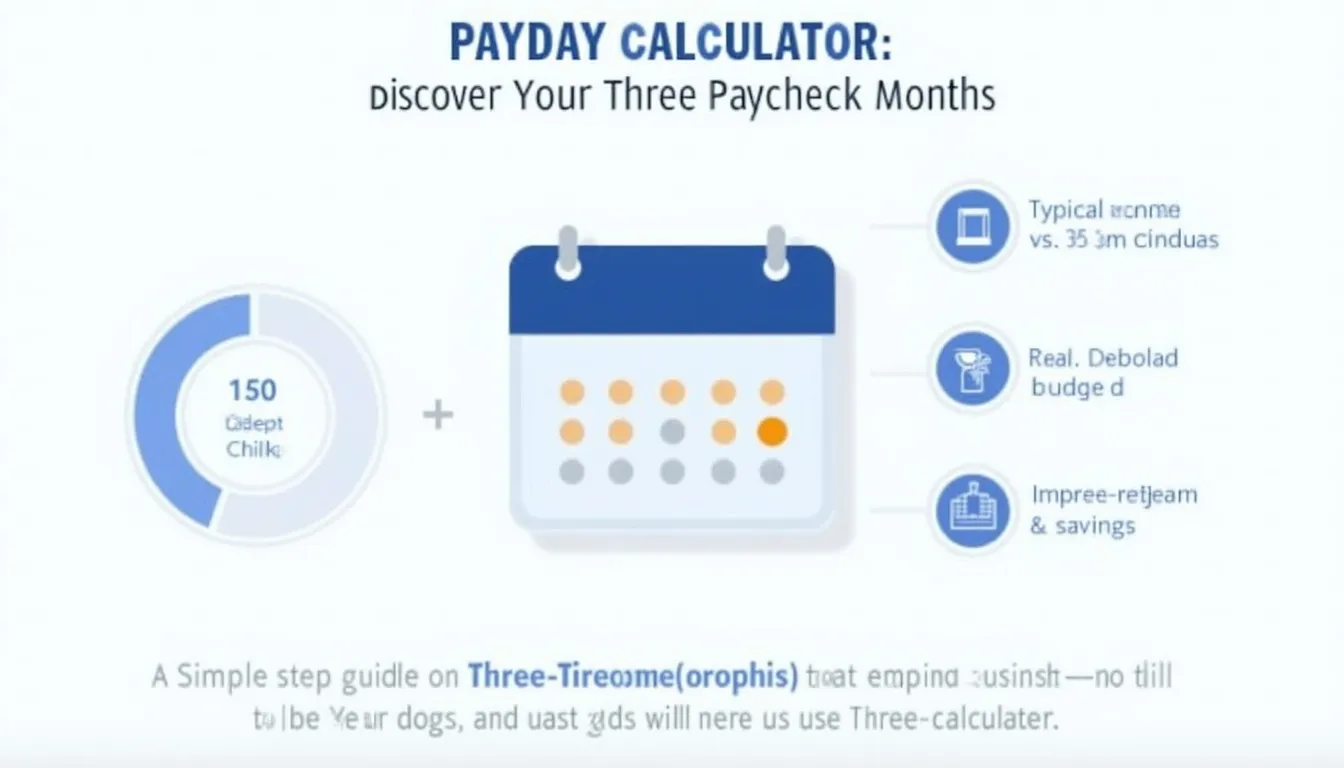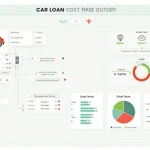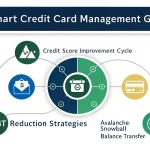Payday Calculator
Is this tool helpful?
How to Use the Payday Calculator Effectively
This Payday Calculator helps you discover the months in a year where you receive three paychecks, empowering you to optimize your financial planning. Follow these steps to use the calculator efficiently:
- Locate the “First Pay Date” field and input the date of your initial payday for the year you want to analyze.
- Enter a valid date, such as February 10, 2024 or April 25, 2024, depending on your pay cycle start.
- Submit the form to calculate which months will contain three paydays based on a bi-weekly payment schedule.
- Review the results listing all months with three paydays for strategic budgeting and financial forecasting.
By entering accurate start dates and reviewing the outcome, you gain insight into your income flow, allowing you to plan expenses, savings, or investments accordingly.
Understanding the Payday Calculator: Definition, Purpose, and Benefits
Definition
The Payday Calculator is a user-friendly financial tool that analyzes your bi-weekly pay schedule starting from your first payday. It computes which months in the calendar year will have three pay periods instead of the typical two, delivering valuable insights into your cash flow rhythm.
Purpose
Its main purpose is to help individuals who receive paychecks every two weeks better understand their annual income distribution. Because bi-weekly pay results in 26 paychecks annually, two months typically contain an extra payday. Identifying these months can improve budget management and financial planning.
Benefits of Using the Payday Calculator
- Accurate financial forecasting: Know precisely when extra paychecks occur to tailor your spending and saving habits.
- Effective budgeting: Allocate additional income towards debt reduction, emergency funds, or investment goals.
- Enhanced financial confidence: Reduce surprises by visualizing your pay schedule ahead of time.
- Time-saving tool: Automatically perform calculations that would otherwise be complex and time-consuming.
- Customizable for future years: Plan ahead by entering your first pay date for any upcoming year.
Example Calculations with the Payday Calculator
Let’s walk through a couple of example scenarios that demonstrate how the Payday Calculator works with different first pay dates to identify months with three paychecks.
Example 1: First Payday on February 9, 2024
- May 2024: Three paydays occur on May 3, May 17, and May 31.
- November 2024: Three paydays occur on November 1, November 15, and November 29.
Example 2: First Payday on April 18, 2024
- August 2024: Three paydays fall on August 1, August 15, and August 29.
- December 2024: Three paydays fall on December 12, December 26, and December 31.
These examples clearly show how the starting paycheck date can affect which months will have that valuable third paycheck, providing opportunities to maximize financial planning.
Important Disclaimer
The calculations, results, and content provided by our tools are not guaranteed to be accurate, complete, or reliable. Users are responsible for verifying and interpreting the results. Our content and tools may contain errors, biases, or inconsistencies. We reserve the right to save inputs and outputs from our tools for the purposes of error debugging, bias identification, and performance improvement. External companies providing AI models used in our tools may also save and process data in accordance with their own policies. By using our tools, you consent to this data collection and processing. We reserve the right to limit the usage of our tools based on current usability factors. By using our tools, you acknowledge that you have read, understood, and agreed to this disclaimer. You accept the inherent risks and limitations associated with the use of our tools and services.







